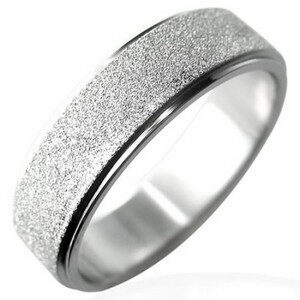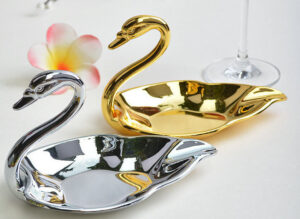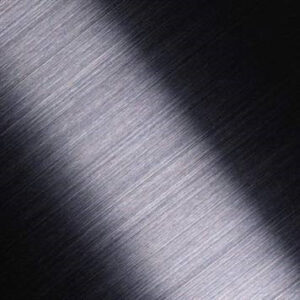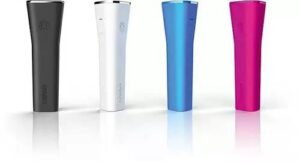As a designer, an in-depth grasp of the stainless steel sheet or stainless steel pipe can make their design works. The stainless steel sheet or pipe is a material often used in products.
Different stainless steel surface treatment processes can make the same material highlight the various visual effects and feel characteristics. From the design, you need to understand the following seven kinds of stainless steel sheet or stainless steel pipe surface treatment processes.
For now, the commonly used treatment as listing as following:
1. PVD process on the Stainless Steel Sheet
PVD (Physical Vapor Deposition) — refers to the use of biological processes to achieve material transfer, the transfer of atoms or molecules from the source to the surface of the substrate process. It can make certain particles with unique properties (high strength, wear resistance, heat dissipation, corrosion resistance, etc.) sprayed on the parent material with lower performance, making the parent material have better performance. Basic PVD methods: vacuum evaporation, sputtering, ion plating (hollow cathode ion plating, hot cathode ion plating, arc ion plating, reactive ion plating, RF ion plating, DC discharge ion plating).
The smooth mass production of the iPhone X stainless steel plus PVD process marks the maturity of the stainless steel plus plastic mid-frame PVD technology solution, adding one more option for cell phone manufacturers’ surface treatment solutions.

2. Sandblasting (shot blasting) treatment on the Stainless Steel Sheet
Sandblasting is the use of compressed air as the power to form a high-speed jet beam will be sprayed material (copper ore, quartz sand, diamond sand, iron sand, sea sand) high-speed spray to the surface of the workpiece (IE: stainless steel sheets or stainless steel pipe) so that the appearance or shape of the workpiece surface changes.
Sandblasting has robust applications in both engineering and surface processes, such as:
- Improving the viscosity of bonded parts.
- Decontamination.
- Optimizing surface burrs after machining.
- Surface matte finish.
The sandblasting process is more uniform and efficient than hand sanding, and this method of stainless steel finishing creates a low-profile, durable product. Here are a few examples to visualize the effect of the sandblasting process.

3. Chemical treatment on the Stainless Steel Sheet
The chemical treatment uses chemical or electrochemical treatment to make the stainless steel sheet or stainless steel pipe surface collectively generate a layer of a stable compound. As we often say, electroplating is the electrochemical treatment.
Alone or mixed-use of the acid solution, anodic dissolution (electrolysis), etc., for rust removal, phosphate treatment, chromate treatment, blackening, anodic oxidation, etc., to generate a protective film on the metal surface, are such methods. This method can achieve a complex pattern effect to create vintage or modern design needs.

4. Mirror Treatment on the Stainless Steel Sheet
Mirror treatment of stainless steel sheet or stainless steel pipes, simply speaking, is the polishing of the stainless steel surface; polishing techniques could divide into physical polishing and chemical polishing. It can also be in the stainless steel sheets or stainless steel pipe surface for local polishing; polishing grade is divided into ordinary polishing, ordinary 6K, OK grinding 8K, super fine grinding 10K effect. Mirror surface to give a high-grade simple, fashionable future feeling.

5. Surface Coloring on Stainless Steel Pipe
stainless steel sheets or stainless steel pipe coloring gives stainless steel products a variety of colors, increasing the variety of products and improving product wear resistance and corrosion resistance. There are many methods of surface coloring, systematically divided into
- 1, chemical oxidation coloring method;
- 2, electrochemical oxidation coloring method;
- 3, ion deposition oxide coloring method;
- 4, high-temperature oxidation coloring method;
- 5, gas-phase cracking coloring method.

6. Surface Brushing Treatment on Stainless Steel Sheet
The wire drawing process is a common technique for stainless steel sheets or stainless steel pipe and can make according to the decorative needs of straight lines, chaotic lines, threads, ripples, spin lines, and several others. Stainless steel surface brushing gives a superb feel, refined luster, wear-resistant surface, and individuality of the textured effect. Electronic equipment, kitchen appliances, machinery, and equipment, are widely used.

7. Stainless Steel Pipe or Sheet Spray Coating
Stainless steel spraying and the coloring, as mentioned above, has a substantial difference; depending on the material, some spray paint may destroy the stainless steel surface oxide layer. But spraying can use a simple process to achieve different colors of stainless steel products and can use other spray paint to change the feel of stainless steel. Like our daily use of stainless steel, mugs will use the spraying process.


2 Responses
Itís nearly impossible to find well-informed people for this topic, but you seem like you know what youíre talking about! Thanks
Thanks. We will post more useful information for you in the following days.